Introduction
In a world obsessed with perfection, the Japanese concept of Wabi-Sabi invites us to find beauty in imperfection. This philosophy is particularly enchanting when applied to plant arrangements. Imagine a garden where each leaf and stem tells a unique story, where asymmetry and simplicity create a harmonious balance. Whether you’re a seasoned gardener or a budding enthusiast, exploring Wabi-Sabi plant arrangements can transform your perspective and your space. Let’s dive into the art of embracing nature’s quirks and crafting plant displays that celebrate life’s perfect imperfections.
1. Uneven Elegance: Asymmetrical Planters
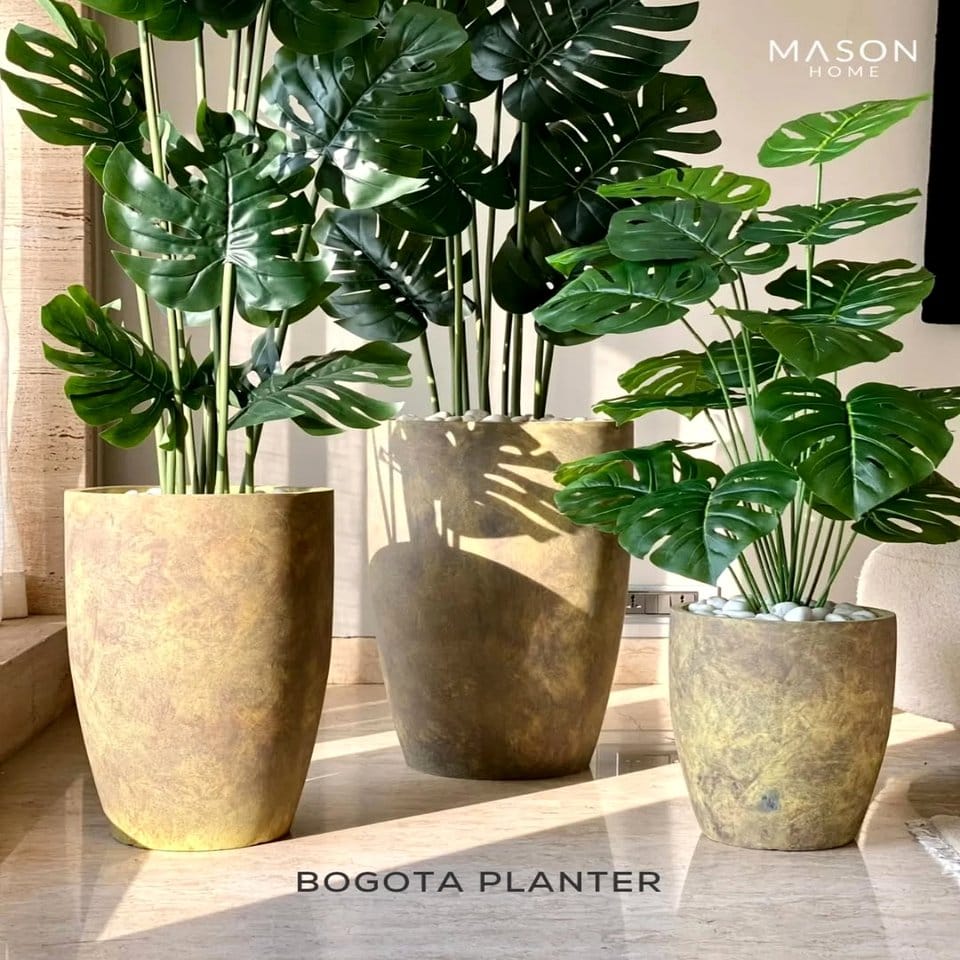
Asymmetrical planters are the quintessential starting point for embracing Wabi-Sabi in your home. Choose pots with uneven shapes or subtle imperfections, and pair them with plants that naturally drape or grow at different angles. The lack of symmetry will draw the eye and create a dynamic focal point. Embrace the contrast between the planter’s form and the plant’s growth, letting nature’s unpredictability shine.
2. Natural Textures: Unpolished Surfaces
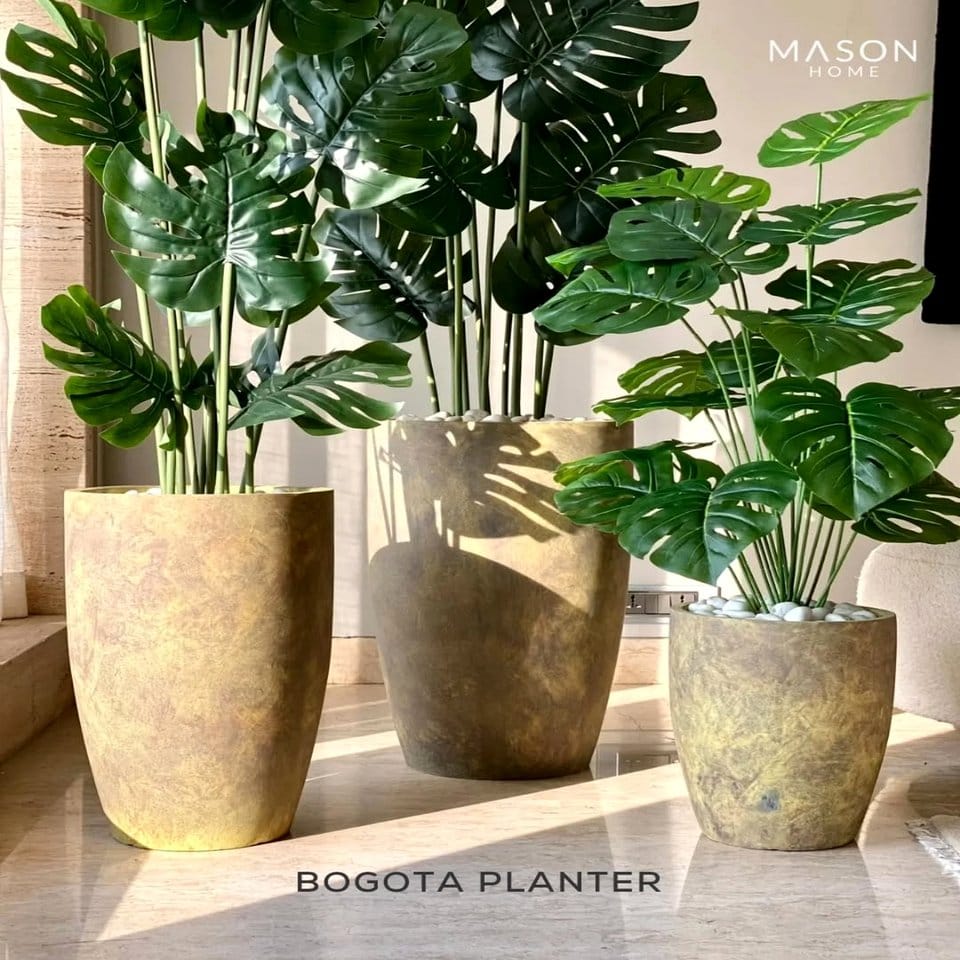
Opt for planters with raw, unpolished surfaces to highlight the natural textures that define Wabi-Sabi. Stone, clay, or wood with visible grain or weathering adds depth and character to your plant displays. These surfaces complement plants with varied foliage, like ferns or moss, creating an earthy, grounded aesthetic. Let the planter’s imperfections tell a story of its journey through time.
3. Embrace Patina: Weathered Beauty
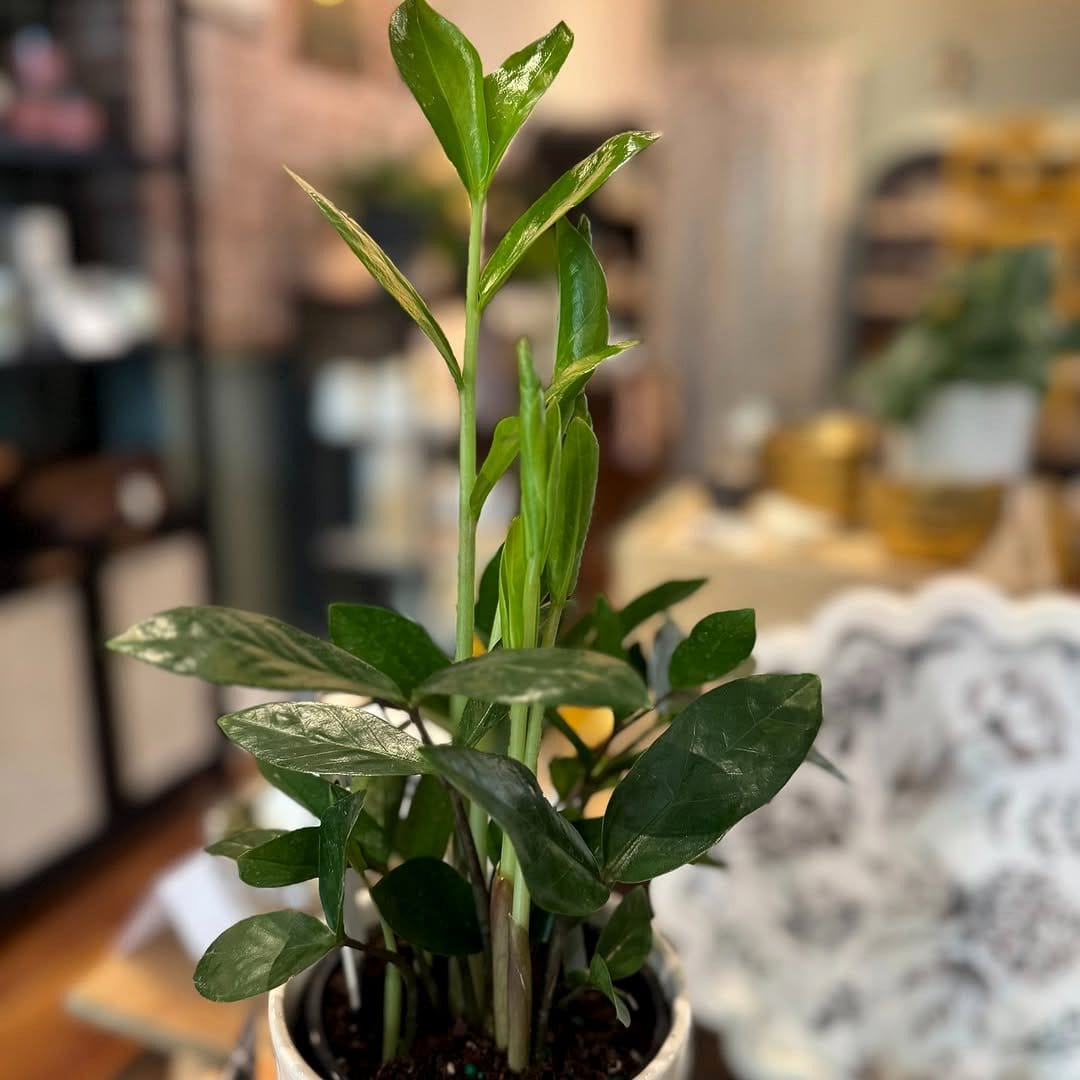
Weathered pots with a patina bring a sense of history and nostalgia. Whether it’s a metal planter with rust spots or terracotta with lichen growth, these imperfections enhance the charm of your plant arrangement. Combine with succulents or cacti to create a striking visual contrast. Let the aged beauty of the planter underscore the resilience and adaptability of your plants.
4. Layered Arrangement: Depth in Diversity
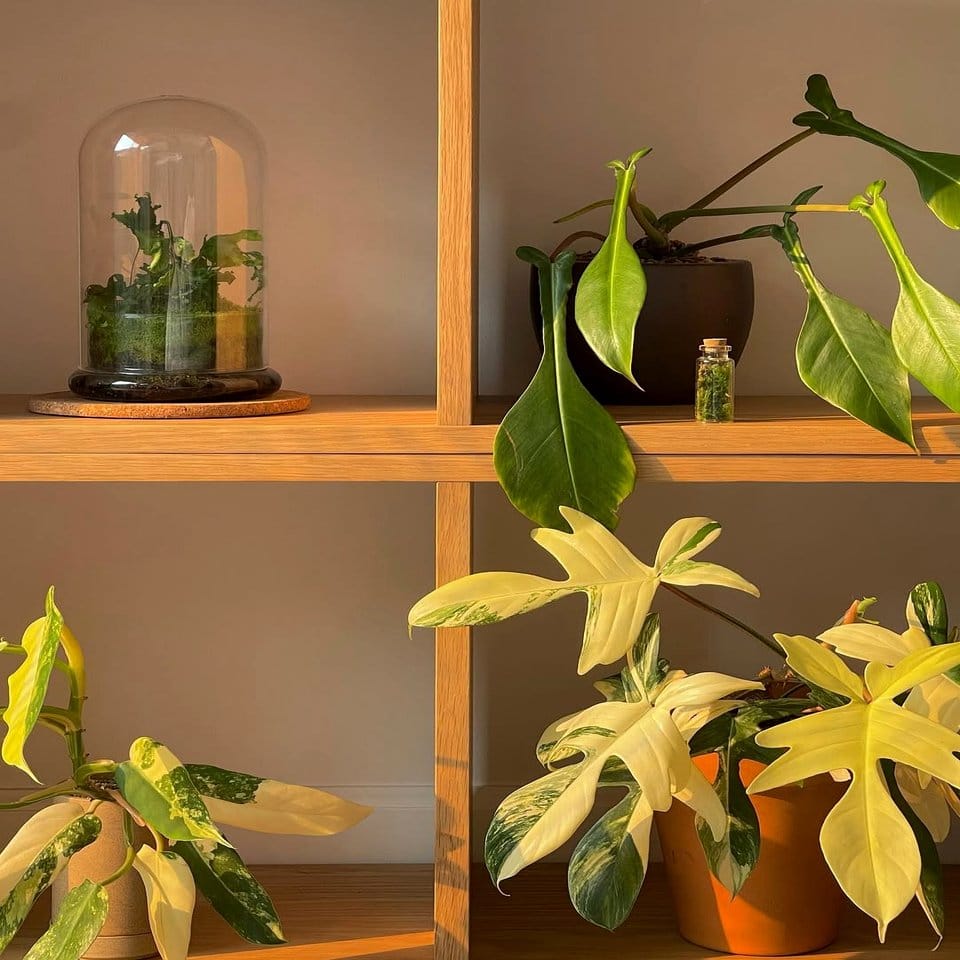
Create a layered arrangement by placing plants at varying heights and depths on a shelf or table. Use a mix of tall, slender plants alongside bushy or trailing varieties. This approach not only embraces Wabi-Sabi’s acceptance of chaos but also adds visual interest and depth. Play with different pot sizes and shapes to further accentuate the layered effect.
5. Imperfect Symmetry: Balanced Asymmetry
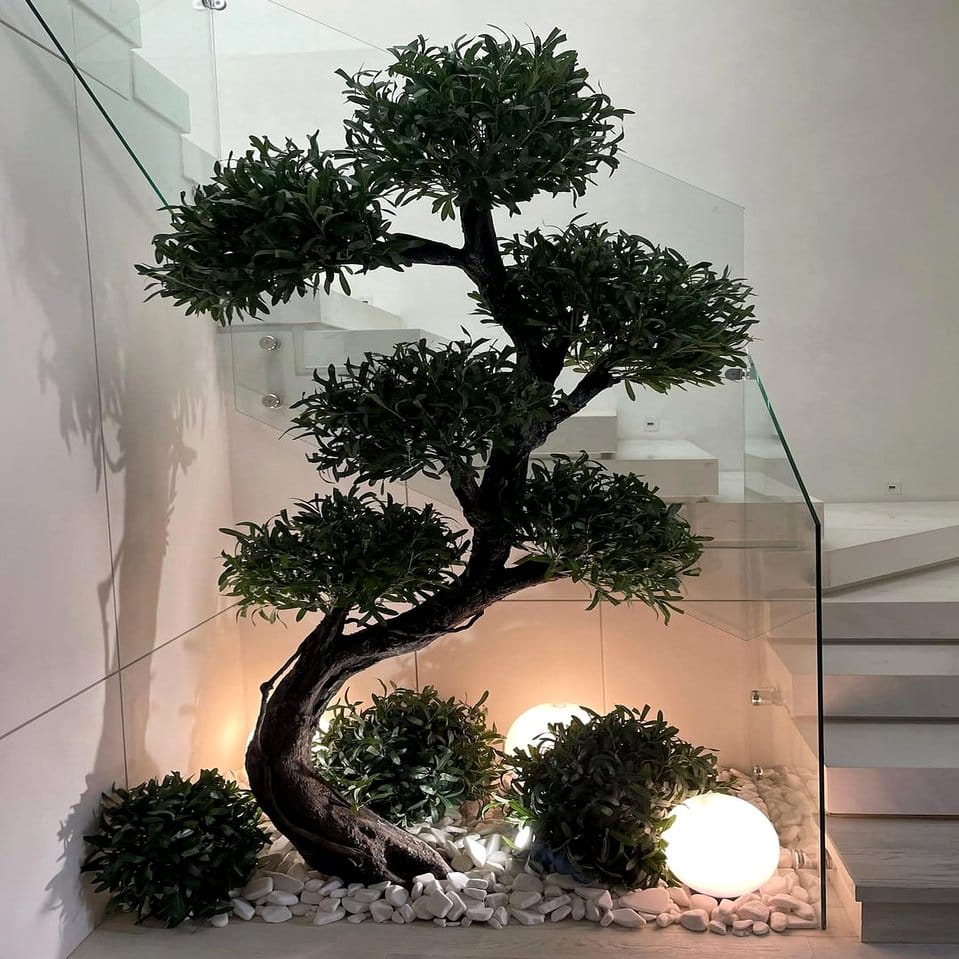
While symmetry is often sought after, Wabi-Sabi encourages balanced asymmetry. Arrange bonsai or small trees with branches that naturally lean or twist. Position them in a way that feels stable yet off-center. This arrangement reflects life’s inherent balance amidst chaos, inviting a sense of calm and contemplation into your space.
6. Unconventional Pairings: Unexpected Combinations
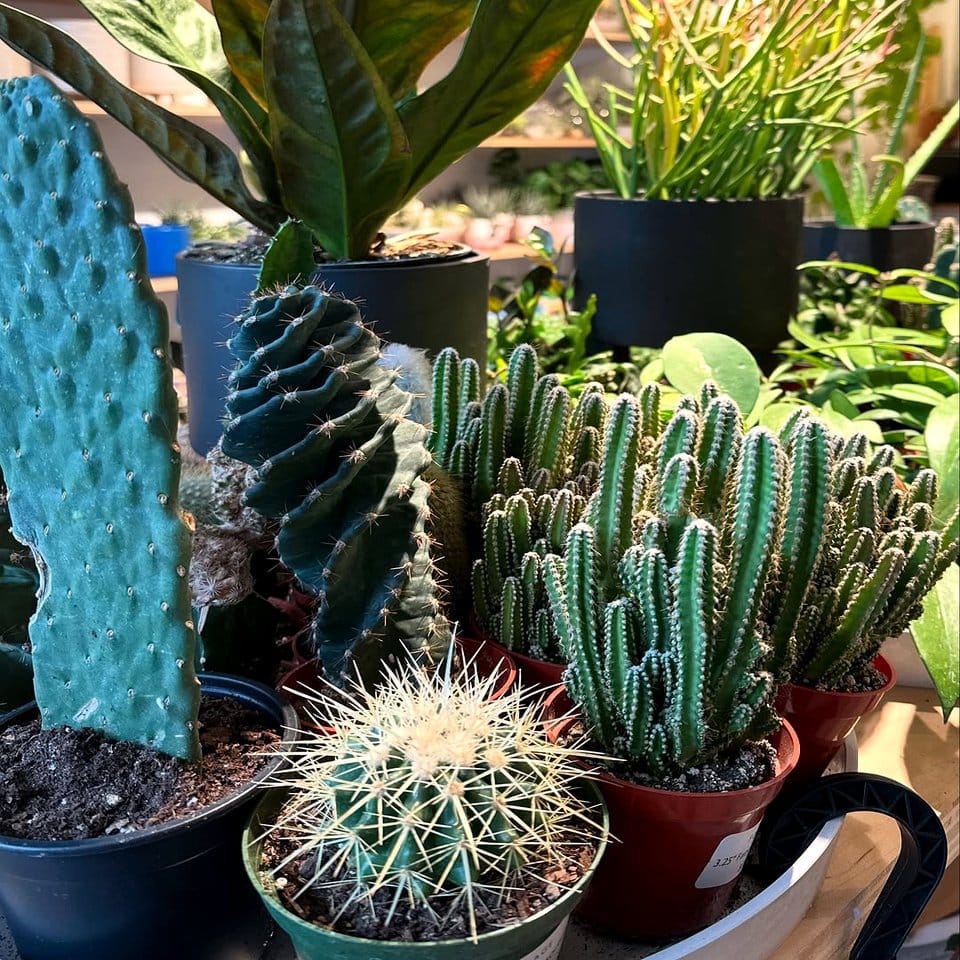
Experiment with unconventional plant pairings to capture the essence of Wabi-Sabi. Mix cacti with ferns or combine flowering plants with succulents. The unexpected contrast between the plants’ forms and textures creates a captivating display. Choose pots with varied designs to add an extra layer of visual interest. Celebrate the beauty of diversity in your plant collection.
7. Simplicity Speaks: Minimalist Arrangements

A single plant in a rough, understated pot can make a profound statement. Choose a striking plant like an orchid or a bonsai and give it space to shine. The simplicity of this arrangement allows the plant’s natural beauty and imperfections to take center stage. This minimalist approach embodies the Wabi-Sabi principle of finding beauty in simplicity.
8. Nature’s Palette: Earthy Tones

Select pots in earthy tones like terracotta, sand, or muted greens to complement your plant’s natural hues. These colors ground the arrangement and harmonize with the surrounding environment. Pair with plants that have diverse foliage colors, like variegated leaves or deep greens, to create a cohesive yet dynamic display. Let the subtle color palette enhance the beauty of your plants.
9. Rustic Reuse: Upcycled Planters
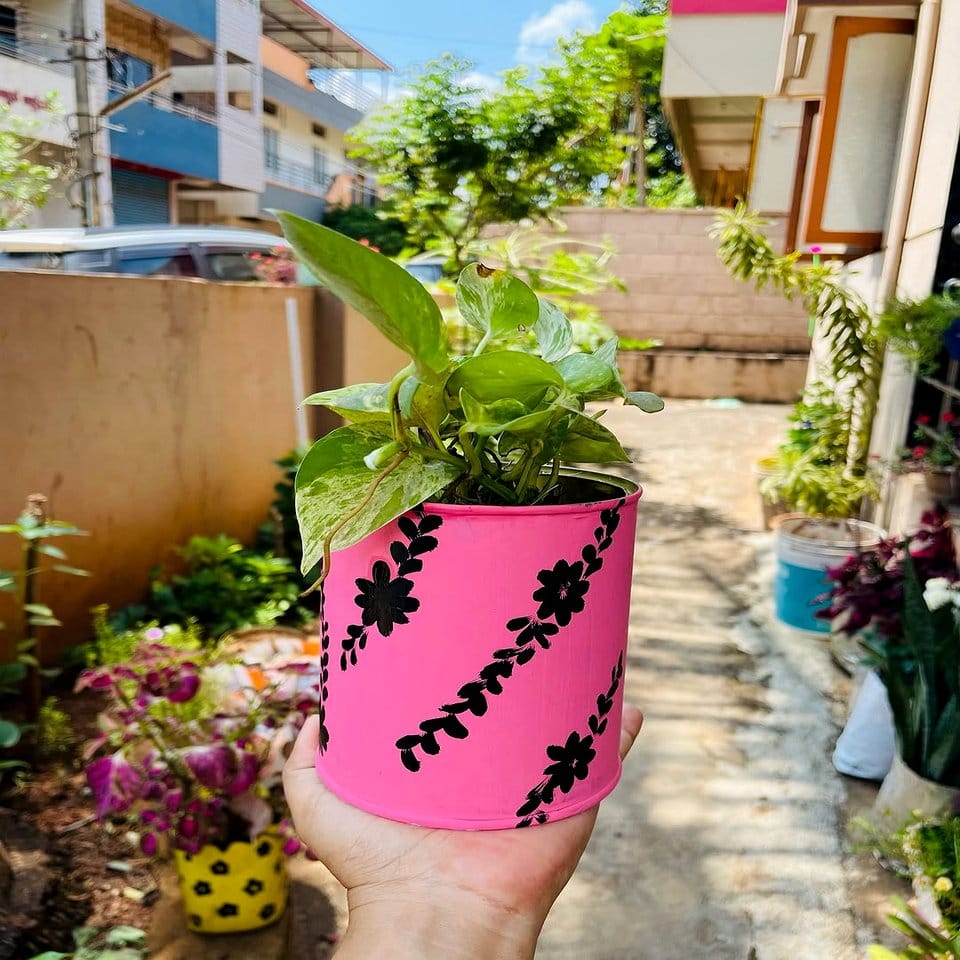
Embrace sustainability by repurposing old containers as planters. Vintage tin cans, wooden crates, or glass jars can all become unique homes for your plants. The imperfections in these containers tell a story of their previous life, adding character to your arrangement. Combine with hardy plants that thrive in diverse conditions, and enjoy the rustic charm of your eco-friendly display.
10. Organic Shapes: Natural Formations
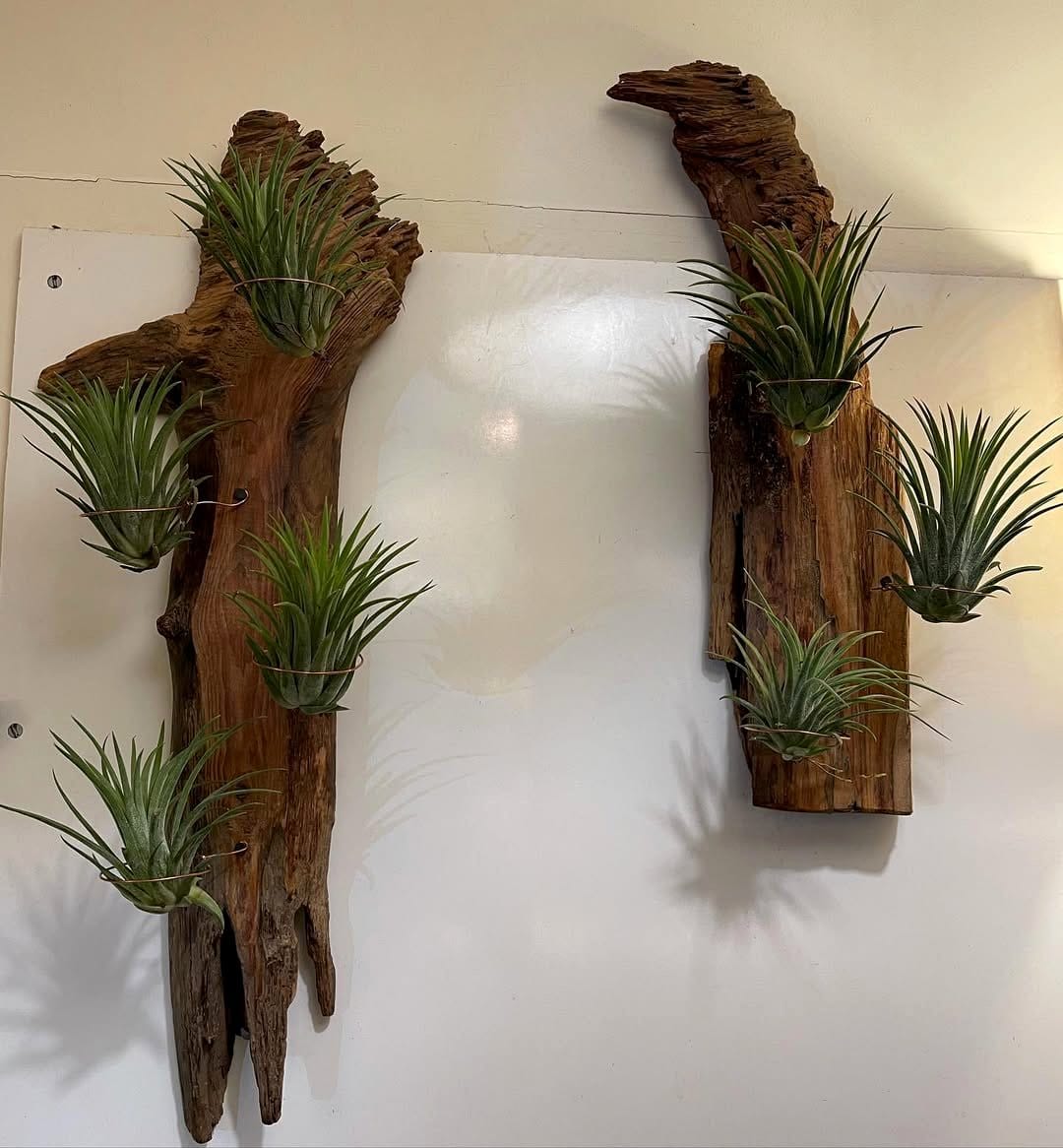
Incorporate organic shapes like driftwood or stones into your plant arrangements. Use these natural elements as planters or decorative accents. Their irregular forms complement the unpredictability of plant growth, creating a seamless integration with nature. Air plants or small succulents work well with these materials, adding a touch of greenery without overshadowing the natural beauty of the wood or stone.
11. Whimsical Touches: Playful Elements
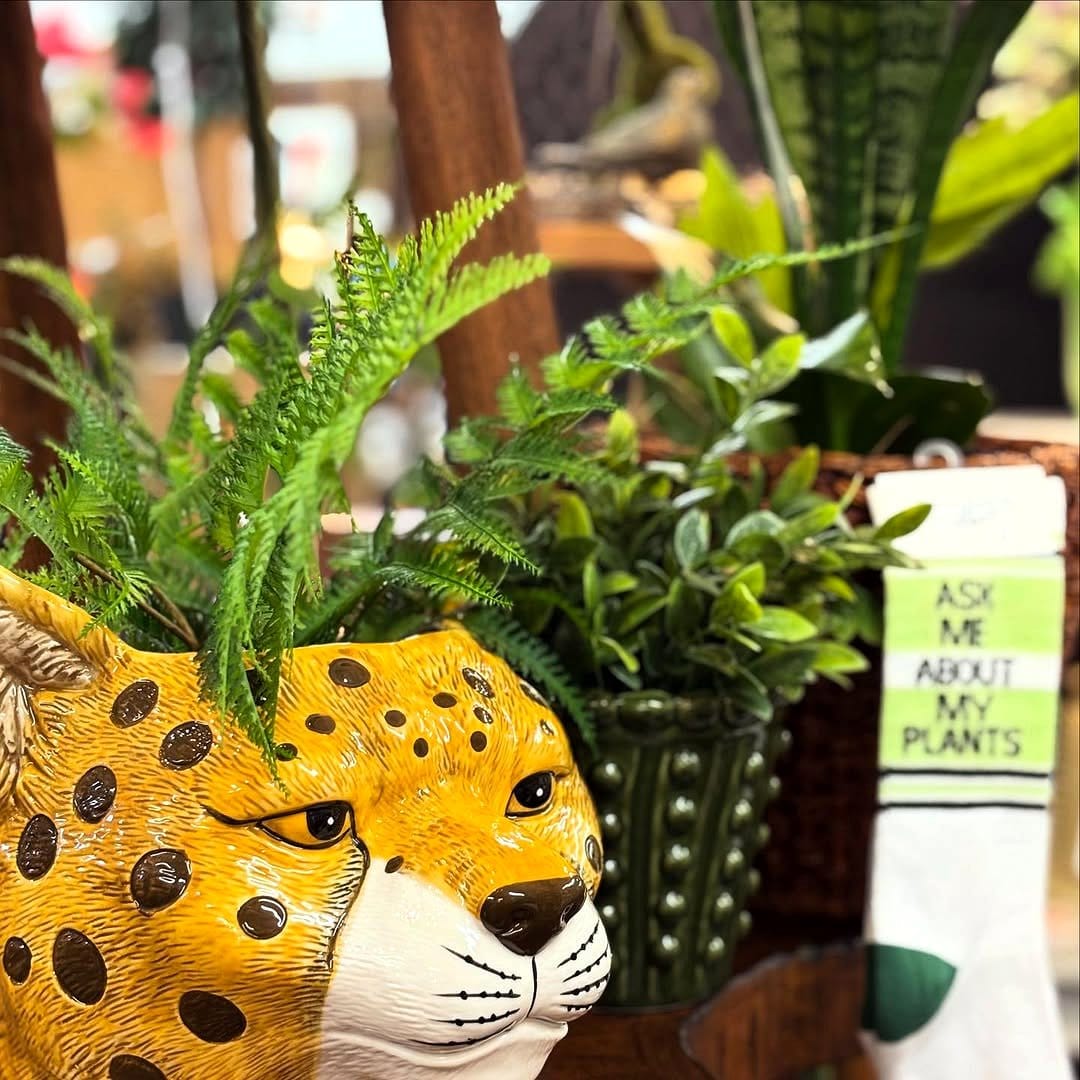
Add a whimsical touch to your plant arrangements with playful elements like ceramic animal planters or decorative figurines. These unexpected additions bring joy and personality to your space. Pair with plants that have a sense of movement, like trailing vines or curly-leaf varieties. The lighthearted nature of these elements enhances the Wabi-Sabi principle of finding delight in the unexpected.
12. Weathered Wood: Timeless Warmth
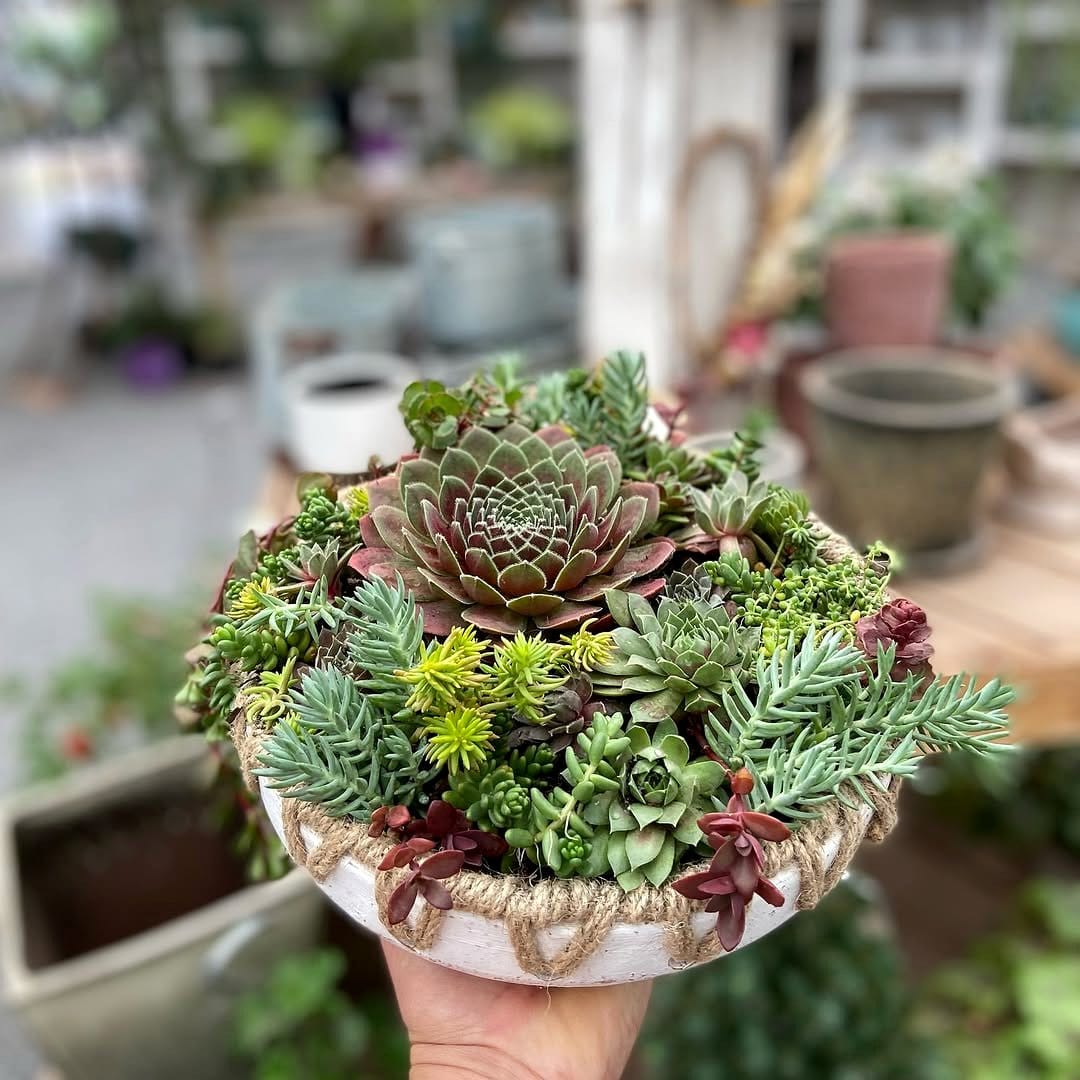
Weathered wood planters exude warmth and timelessness. Their faded colors and textured surfaces create a cozy, inviting atmosphere. Pair with succulents or small flowering plants to accentuate their rustic charm. The natural imperfections in the wood highlight the beauty of resilience and the passage of time, key elements in the Wabi-Sabi philosophy.
13. Open Spaces: Airy Arrangements
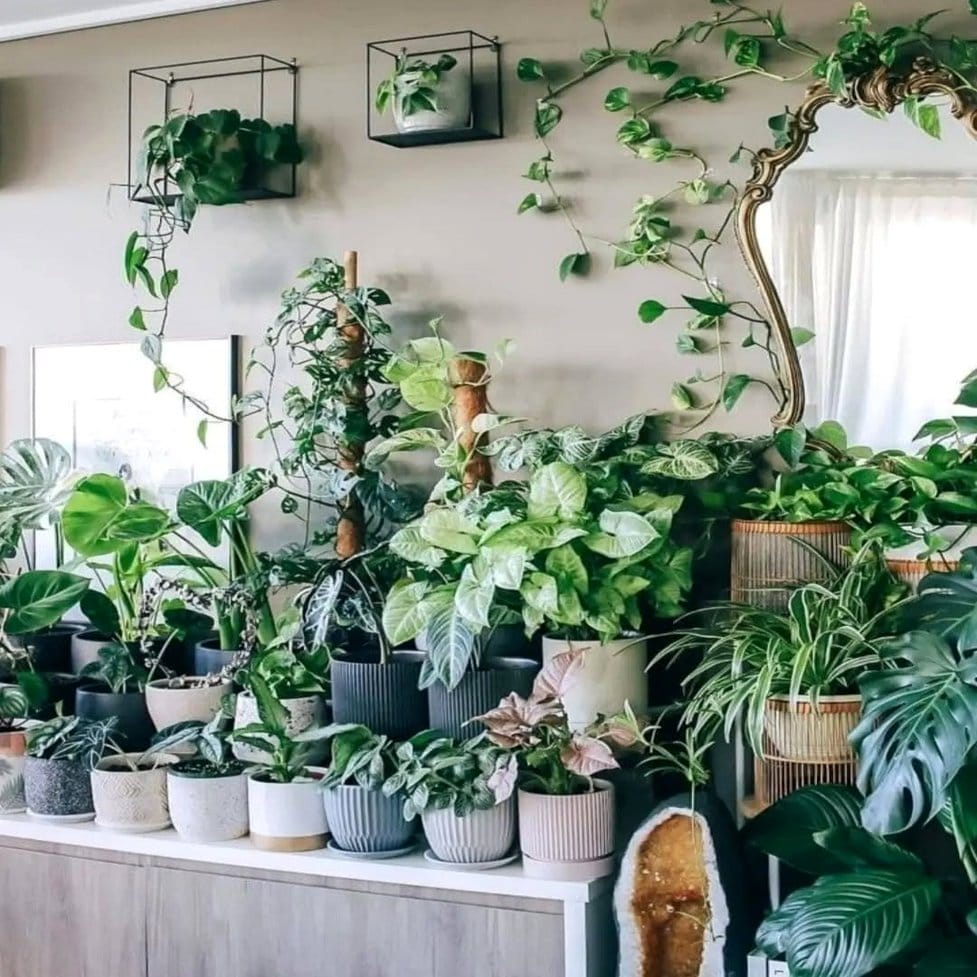
Create airy arrangements by spacing plants apart on shelves or windowsills. This approach emphasizes negative space, allowing each plant to breathe and be appreciated individually. Choose plants with distinct shapes or colors to enhance the visual impact. By giving each plant room to grow, you celebrate the beauty of simplicity and mindfulness.
14. Quiet Corners: Serene Settings
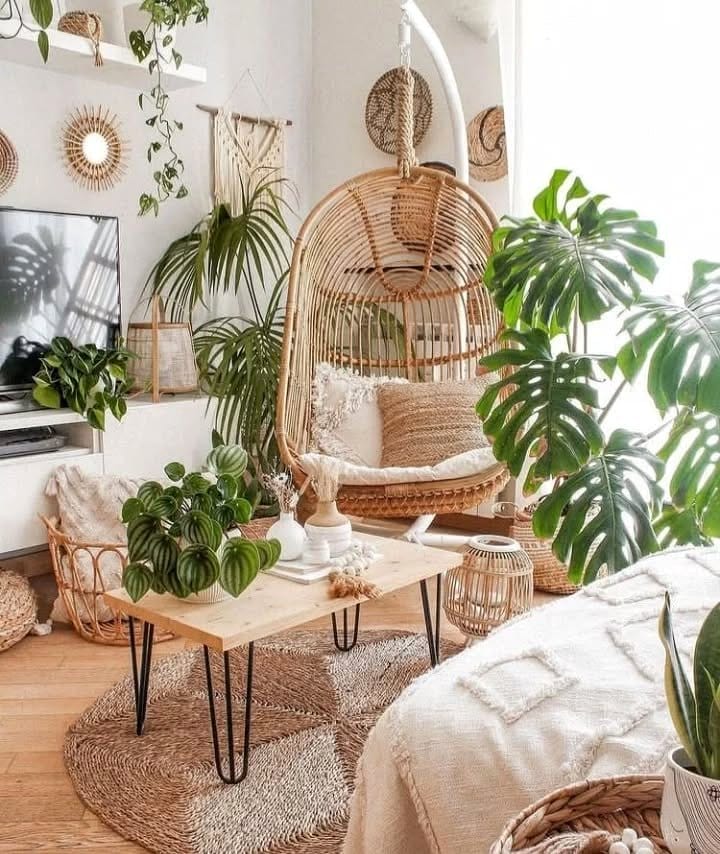
Transform a quiet corner into a serene setting with a tall plant and a comfortable chair. This arrangement encourages relaxation and contemplation, aligning perfectly with the Wabi-Sabi philosophy. Choose a plant with flowing leaves or interesting textures to create a calming presence. Let this space be a reminder to slow down and appreciate life’s simple pleasures.
15. Fleeting Beauty: Seasonal Blooms
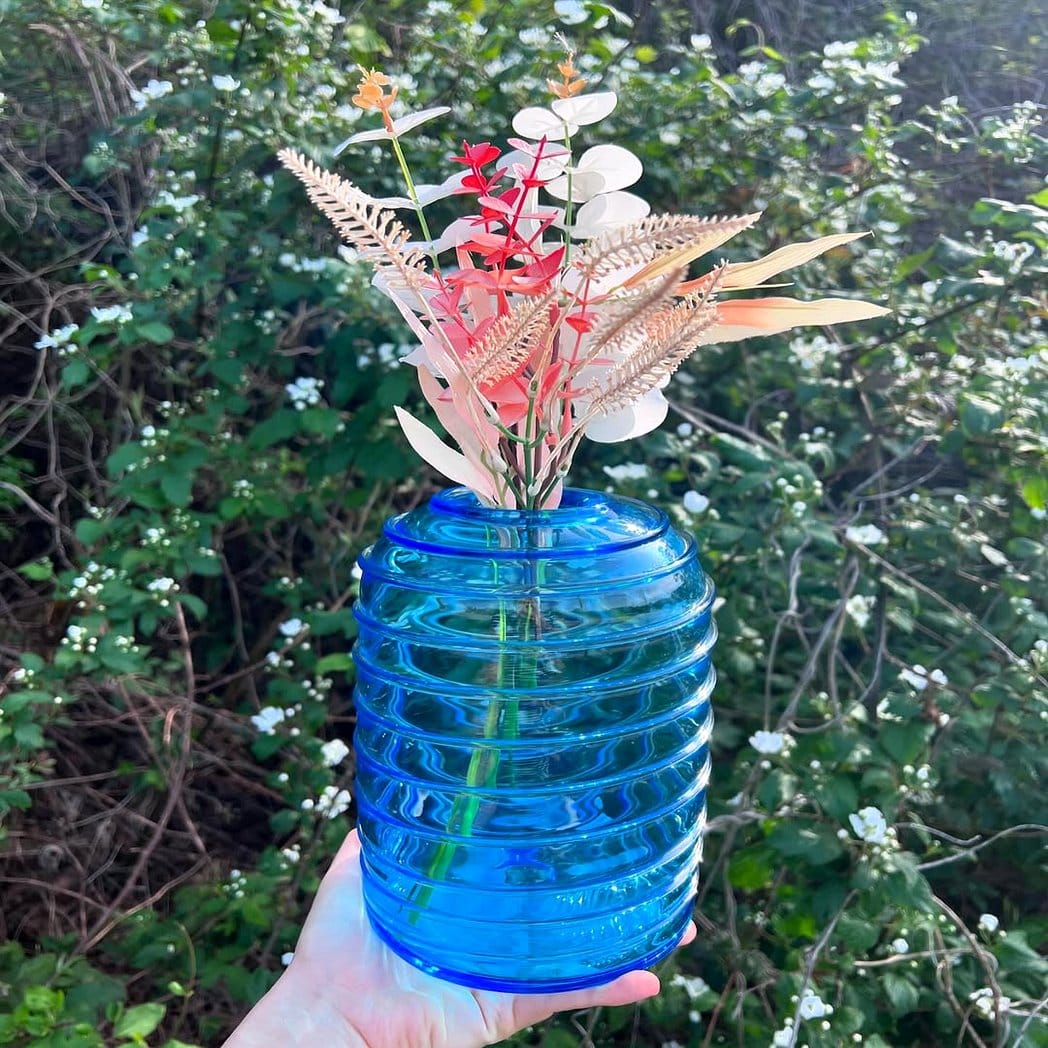
Celebrate the ephemeral nature of life with arrangements of seasonal blooms. Display fresh flowers in a simple glass vase, allowing their colors and scents to fill the room. When the blooms fade, replace them with new seasonal varieties. This practice not only enhances the beauty of your space but also serves as a reminder of life’s transient beauty, a core tenet of Wabi-Sabi.
Final Thoughts
Wabi-Sabi plant arrangements offer a profound way to connect with nature and embrace life’s imperfections. By incorporating these creative ideas, you invite a sense of peace, balance, and beauty into your home. Remember, Wabi-Sabi isn’t about achieving perfection but finding joy in the journey. So, experiment with your plant displays, appreciate the unique charm of each arrangement, and let your space reflect the beauty of imperfection. Start your Wabi-Sabi journey today, and discover the transformative power of embracing nature’s elegance, one imperfect plant at a time.
